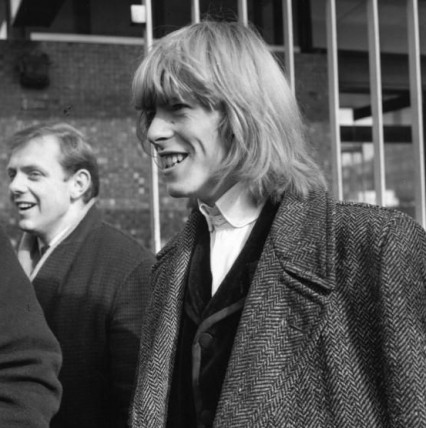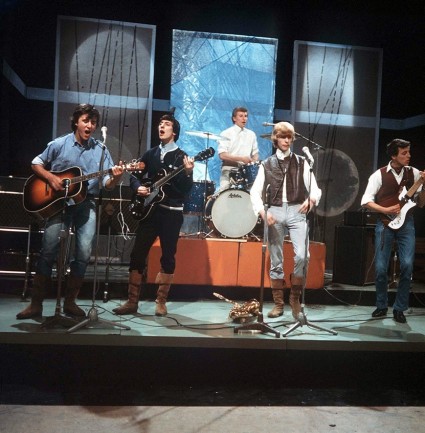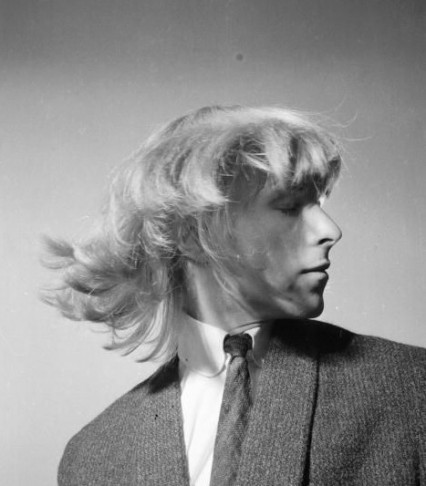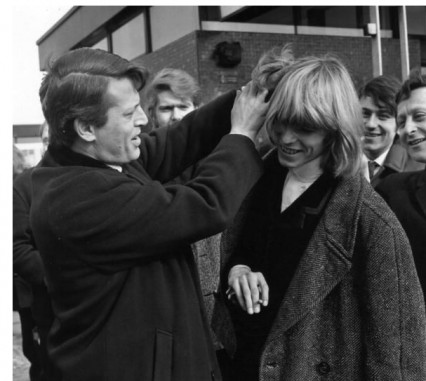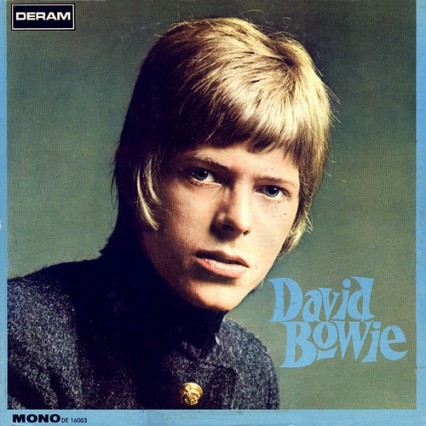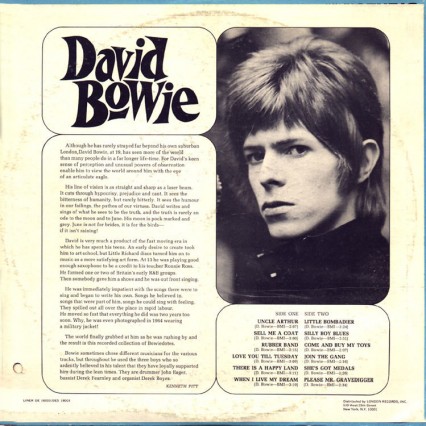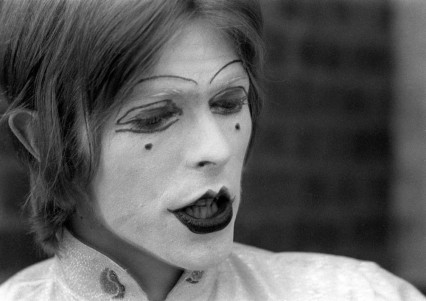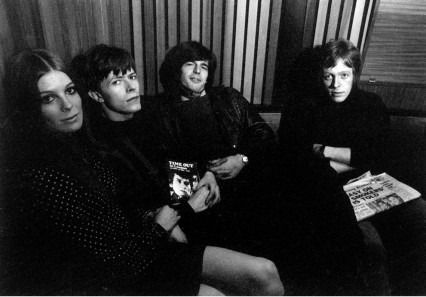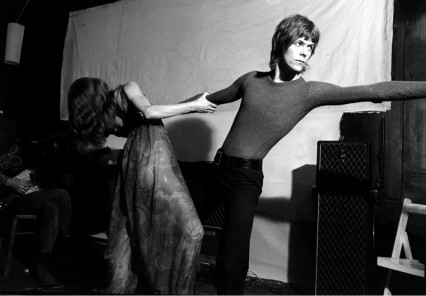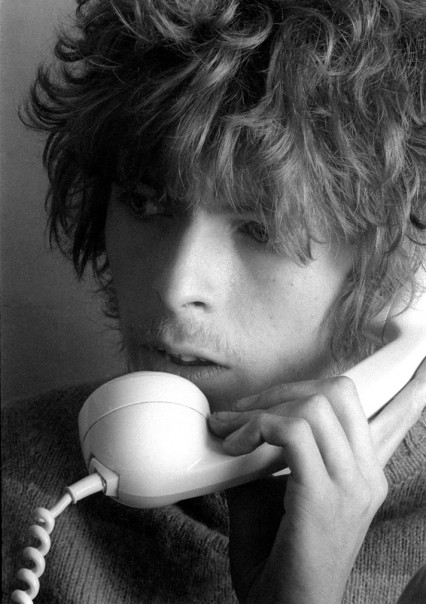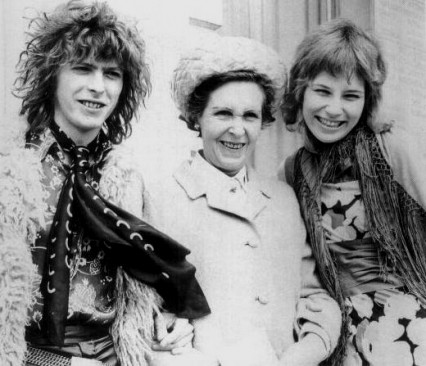‘It’s time we were united and stood up for our curls.’
The London Evening News reported on the society quoting Bowie;
“It’s really for the protection of pop musicians and those who wear their hair long,’ explained the founder and president, David Jones, of Plaistow Grove, Bromley. ‘Anyone who has the courage to wear their hair down to his shoulders has to go through hell. It’s time we were united and stood up for our curls.’ David is in the process of enrolling members. ‘Everybody makes jokes about you on a bus, and if you go past navvies digging in the road, it’s murder!’”
Bowie’s next band was Davy Jones and the Mannish Boys and after playing as the backing band for Gene Pitney on a Gerry and the Pacemakers’ tour they released a single in March 1965 – a cover of Bobby Bland’s I Pity The Fool. On the b-side, however, was Bowie’s first ever recorded composition called ‘Take My Tip’ (Jimmy Page was the young session guitarist).
The Mannish Boys’ manager Leslie Conn arranged for the band to appear on the BBC show Gadzooks! It’s All Happening but the producer Barry Langford insisted that Bowie cut his long hair. Bowie, of course, refused and Conn cleverly organised a protest outside the BBC with fans holding banners such as ‘Be Fair To Long Hair’.
The BBC eventually backed down on the condition that if there were viewer complaints the band’s fee would go to charity. No complaints were received and the band kept their fee. Over the next couple of years Bowie sang with a band called The Lower Third and subsequently a group called The Buzz. Success still eluded Bowie and both bands were short lived although making recordings for the labels Parlophone and Pye.
It was during this time that he changed his name to Bowie to avoid confusion with the singer in The Monkees and in 1967 he recorded an album as a solo project and called it simply ‘David Bowie’. Unfortunately the record again sold poorly and it would be two years before Bowie recorded again. During the sessions a novelty single recorded at the same time called ‘The Laughing Gnome’ which would became a number six hit when it was released in 1973.
In 1968 the choreographer and mime artist Lindsay Kemp let Bowie appear in his show Pierrot in Turquoise, it was said, in return for sex. Kemp was a fantastically camp character, very self-consciously avant-garde, and once described a performance of his at school (realistically setting the tone for the rest of his career!) -
“I first danced Salome in the dormitory of my boarding school, naked except for layers of toilet paper, heavily rouged with the red paint I’d rubbed off the wall. The boys in the top bunks played mouth organs, and I danced to entertain them. I was busted, of course, not for the decadence of my performance but for the wastage of school resources, namely the toilet paper.”
Kemp and Bowie had a very close working relationship and Kemp would become a huge influence on the future star especially in the creation of alter ego characters on stage . Thus Kemp, indirectly through Bowie, influenced an innumerable amount of performers and bands over the next twenty years or so.
“I was totally head-over-heels in love with her, and it really sort of demolished me..it set me off on the Space Oddity song”.
“I remember David playing me ‘Space Oddity’ in his room and I loved it and he said he needed a sound like The Bee Gees, who were very big then. The stylophones he used on that, I gave him. Tony Visconti turned me on to stylophones. The record was a sleeper for months before it became a hit.”
